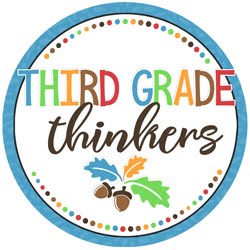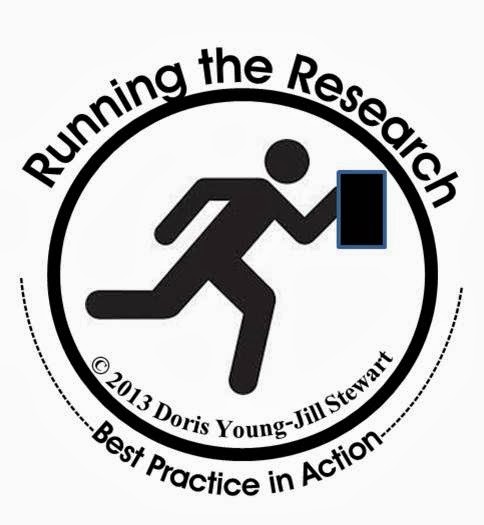We are coming to our final weeks of school. How are you spending your days? I see these last weeks as an opportunity to fine tune our skills. Money skills tend to be an area that needs more work and review. With the onset of debit cards, it seems there is very little real world exposure and practice of counting and totaling coins, yet it is still in the curriculum and must be taught. I dug into the contents of this bucket in my classroom and brought the money back out for one final look before fourth grade.
I love to integrate reading with all content areas. Author Stuart Murphey has created a series of wonderful math related books. I LOVE reading and using them in my third grade classroom. These books are super easy to find. I bet you have them in your school library. If not, check Youtube for a read aloud online version. They include a storyline that students can connect to and also incorporate math thinking through the problem and solution of the story. Here is one that I use when teaching or in this case, reviewing money concepts:

The Sluggers are a baseball team and they need new team shirts for the playoffs. They come up with an idea of having a carwash to raise the money they need. Customers come and the Sluggers start earning money. I want my students to work the math problems along with the characters so I created a problem sheet to go along with the story.
I don't have multiple copies of this book so I use it as a class interactive read aloud. I pause at the problem solving pages and have my kids do them. Then we compare their math with the solution the characters came up with. This lends itself to great math talk as we discuss the multiple ways to arrive at the answer. Here is an example of our third grade math thinking:

After the reading and math problem solving, we transition into math stations. Here's where I integrate a language arts component. I give my students a chance to respond to the story by completing a language arts foldable. I like using this as one of my math station activities during math rounds. This is a simple one page foldable. On the front is a place for them to document the characters, setting, problem and solution of the story. On the back they do a short writing activity connected to the story.
Inside the booklet, students respond to a variety of word work and comprehension questions.
This gives students a few more practice opportunities with these language arts skills plus it gives me another grade for the grade book.

For another math station, I created an independent activity and a partner game. Here is the "On My Own" practice I have my students do. Third graders need multiple exposures to two step math problems. Here students need to solve the word problem, then use paper coins to show the money.

For my "Work with a Partner" station, students play this spinner game. Students take turns spinning the spinner 8 times to collect 8 coins. They draw them on their sheet and then total them up. I made sure to include the backs when I made the spinner.. my kids still get tripped up when looking at the backs of coins.

After totaling, students use a greater than or less than symbol to compare the amounts. The student with the greater total wins. It's a super simple game and one kids can do on their own!
I run these three activities for my math rounds. This gives me the time I need for my reading assessments. If kids work productively, respectfully and responsibly, they get a small prize.

I found these chocolate coins and I am not above bribing encouraging them at this point in the year with a sugary treat.
I added this set to my Teacher Pay Teacher store. You can click the link below if you are interested in using it with your students.
How are you getting through these final weeks? I would love to hear!
Comment below or email me at youngdor8@gmail.com
Would love to hear from you!
















 youngdor8@gmail.com
youngdor8@gmail.com

















